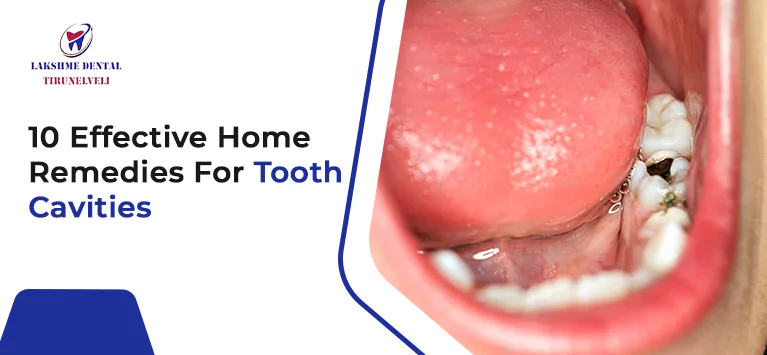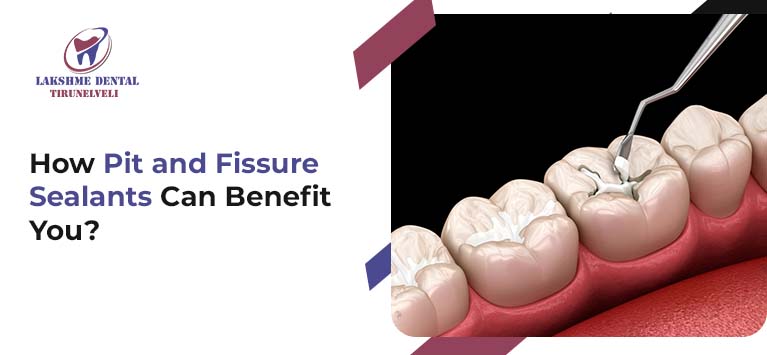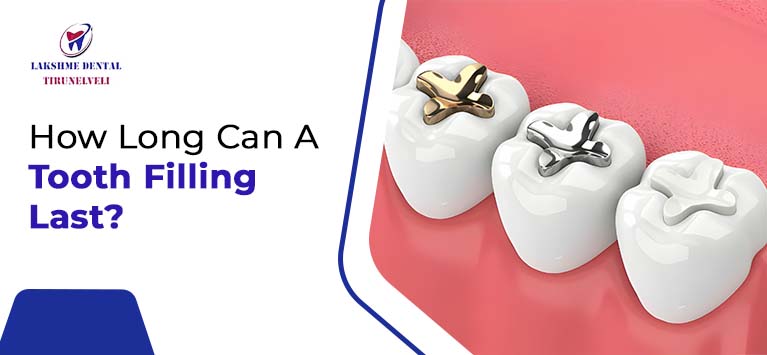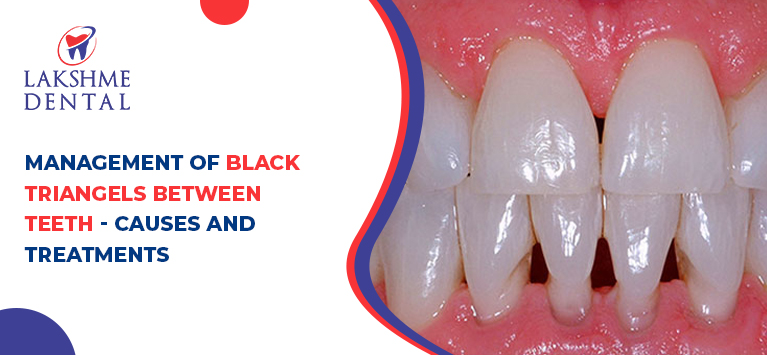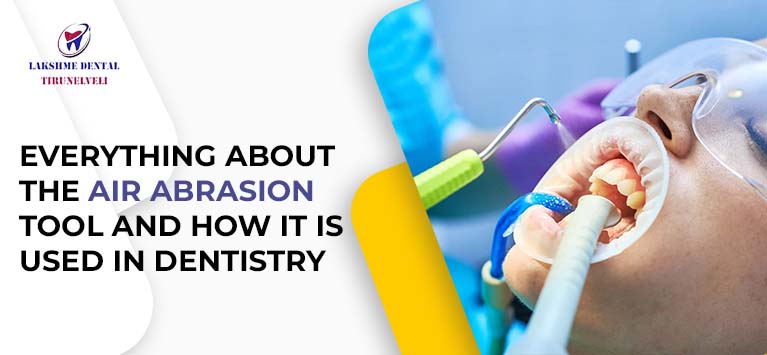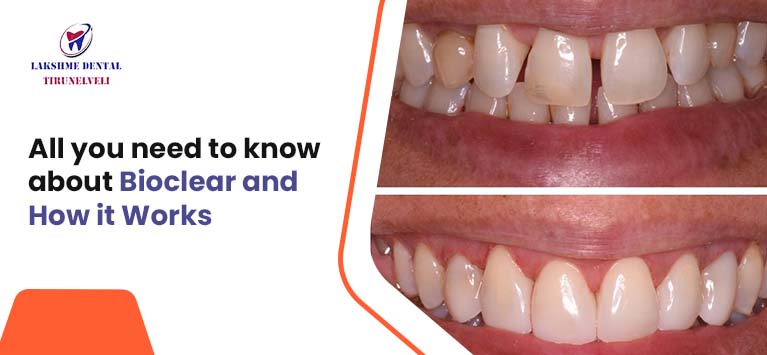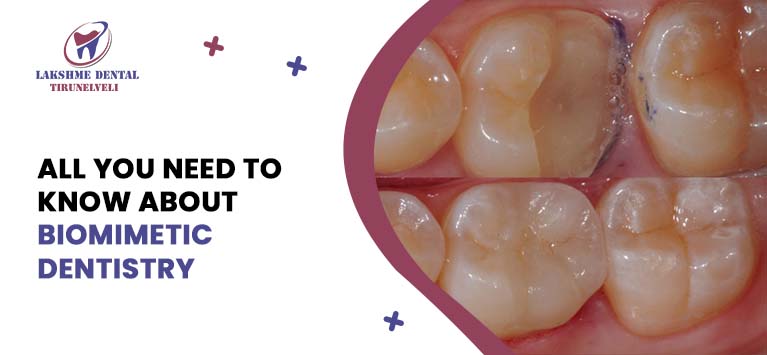
All you need to know about biomimetic dentistry
Most people are very concerned about preventing root canals. In such concerns, biomimetic dentistry can help you avoid root canals and also some traditional invasive procedures. Does it sound good?
Yes, biomimetic Dentistry is one of the branches of restorative dentistry that focuses on maintaining and saving the natural tooth structure by using the concept of biomimetics.
In this blog, we clearly explained biomimetic dentistry and how it is important in restorative dentistry.
What is biomimetic dentistry?
Biomimetic dentistry often known as biomimicry, is a dental restorative process involving dental fillings, root canals, and dental crowns. The word “biomimetics” refers to the repair of damaged teeth that mimics a natural tooth’s look, biomechanics, and functional abilities. It aggressively works to avoid causing tooth damage through certain techniques. Also, it is less invasive than the traditional method.
Traditional Vs Biomimetic Dentistry
There are a lot of differences between traditional and biomimetic dentistry. In traditional dentistry, less drilling is required, but biomimetic dentistry uses other alternative techniques other than drilling to sanitize the teeth and treat tooth decay.
The aim of biomimetic dentistry is rebuilding the teeth and stimulating the natural dentition as closely as possible. In order to protect the tooth’s natural properties, cavities, and other lesions are carefully repaired using cutting-edge materials and adhesives.
Traditional dentistry involves more invasive procedures than biomimetic ones. It frequently involves the removal of tooth tissues. It uses many restorative materials to repair the tooth, which is more difficult than natural teeth and can lead to shrinkage and cracked or damaged teeth.
The concept of biomimetic dentistry
The biomimetic dentistry goal is to preserve the patient’s teeth in their most natural state. They use a variety of biomimetic procedures to perform tooth-conserving dentistry, such as removing the least amount of tooth tissue when treating infections and cavities.
Benefits of biomimetic dentistry
The benefits of biomimetic dentistry are as follows:
- It focuses on preserving more of your natural teeth
- It avoids using toxic chemicals in your mouth
- It is a less invasive procedure that reduces the need for anesthesia
- Since it is less invasive, it is cost-effective
- It looks aesthetically pleasing and feels like your natural teeth.
Risks
The only risks involved in biomimetic dentistry are it can lead to further tooth decay and the need to redo a filling and other dental procedures.
Materials used in biomimetic dentistry
The following are some of the popular materials used in biomimetic dentistry.
Calcium phosphate hydroxyapatite: it is usually used to create inlays, outlays, and dental crowns. Also, it is a perfect choice to replace decayed enamel.
Aluminum oxide: they are incredibly durable and biocompatible and also easily combined with your body’s tissues.
Glass ionomer cement: it is similar to the hardness of your tooth dentin. They adhere well to your natural teeth, which means the filling will last a lifetime, so you do not have to worry about them falling out.
Bottom line
Visit Lakshmi Dental Hospital in Tirunelveli to keep your teeth healthy and look aesthetically forever. We are dedicated to providing you with the best dental care and preserving the health of your teeth. Maintaining good oral health will also be beneficial for your overall health.

